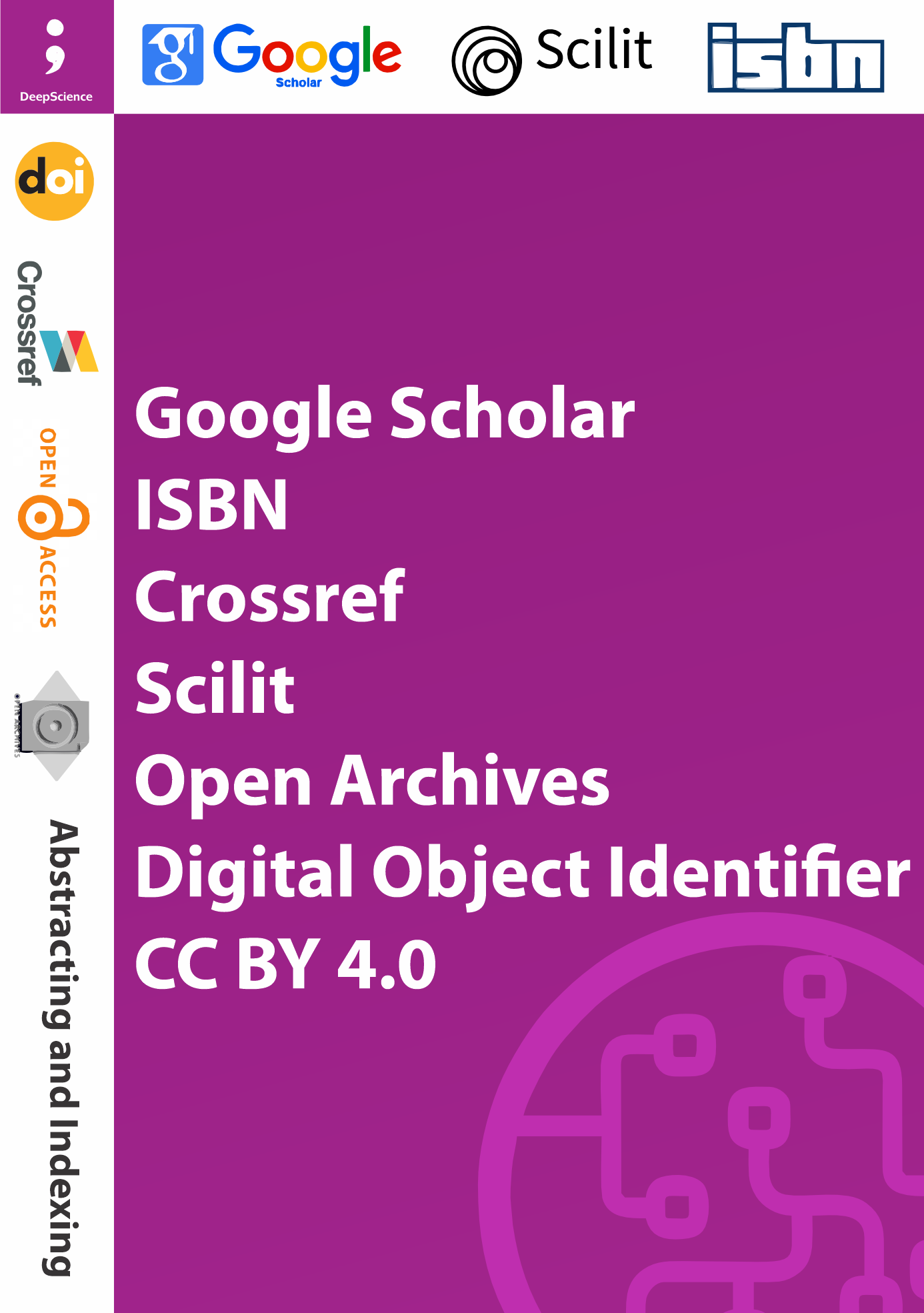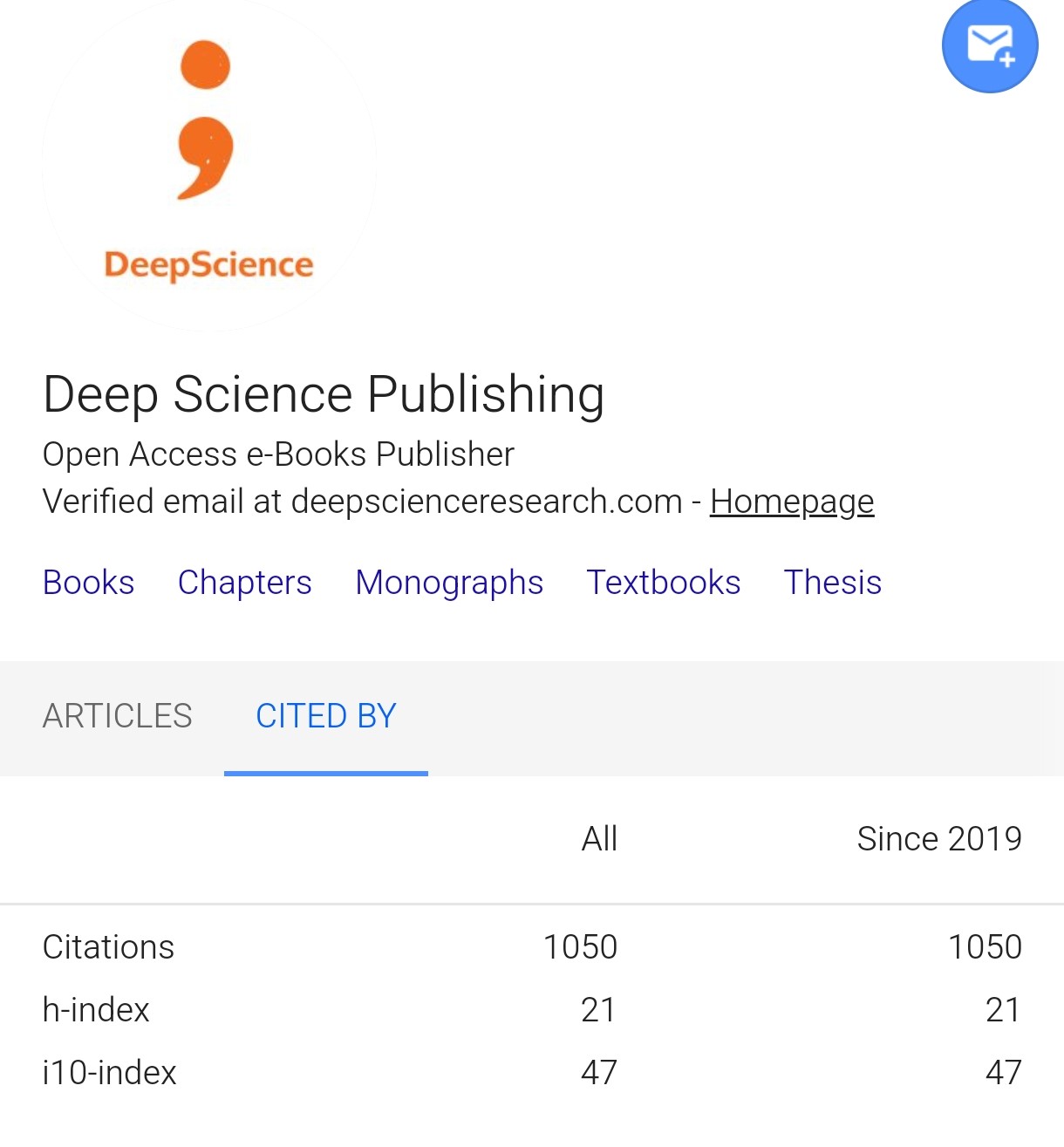Nanotheranostics: Integrating Diagnosis and Therapy in Breast Cancer Management
Synopsis
Nanotheranostics represents a paradigm-shifting approach in breast cancer management, integrating diagnostic imaging and therapeutic delivery within multifunctional nanoscale platforms to overcome limitations of conventional sequential treatment strategies. This comprehensive field encompasses diverse nanocarrier systems including liposomes, polymeric nanoparticles, superparamagnetic iron oxide nanoparticles (SPIONs), and gold nanostructures that exploit enhanced permeability and retention (EPR) effects for tumor-specific accumulation while minimizing systemic toxicity. Advanced nanotheranostic platforms incorporate stimuli-responsive release mechanisms triggered by pH, temperature, or enzymatic activity, enabling controlled delivery of chemotherapeutics (doxorubicin, paclitaxel), photosensitizers, and genetic materials (siRNA, CRISPR/Cas9) with real-time monitoring capabilities. Contemporary imaging modalities integrated within these systems include magnetic resonance imaging (MRI), positron emission tomography (PET), computed tomography (CT), and fluorescence imaging, facilitating simultaneous visualization of biodistribution, therapeutic response, and resistance development. Therapeutic strategies encompass photodynamic therapy (PDT), photothermal therapy (PTT), magnetic hyperthermia, immunotherapy enhancement, and combination chemotherapy approaches that demonstrate superior efficacy compared to monotherapy regimens. Clinical successes include FDA-approved formulations such as Doxil® and Abraxane®, while emerging platforms focus on triple-negative breast cancer interventions and HER2-targeted approaches. Despite extraordinary therapeutic potential, significant challenges in manufacturing scalability, regulatory complexity, safety concerns for biocompatibility, and ultra-high development costs that need multidisciplinary collaboration exist. Future directions emphasize the integration of artificial intelligence, biomimetic cell-derived nanocarriers, personalized medicine approaches, and standardization of assessment methods for improved clinical translation. Global expansion of the nanomedicine industry emphasizes the revolutionary potential of nano-theranostics in revolutionizing precision oncology.













